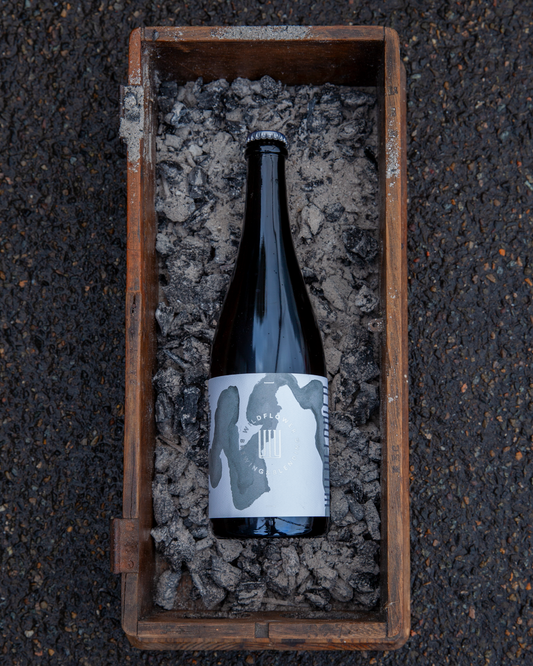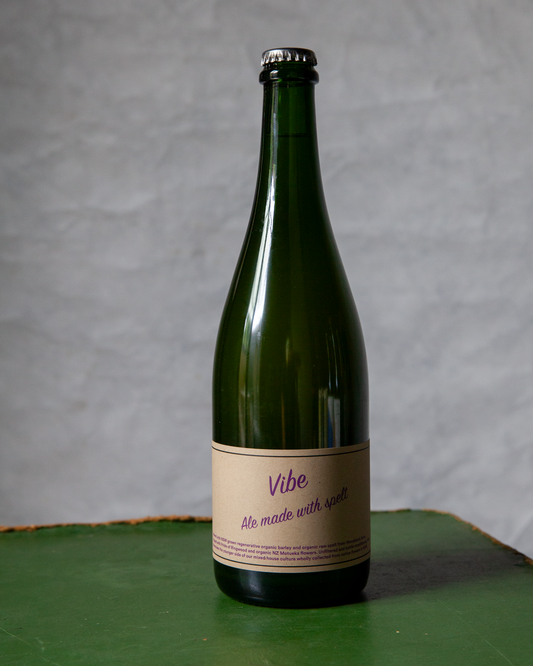Well here we go.
I’ll admit this is a little strange for me. You know that feeling when you have to revise your CV, there are heaps of things missing because the last time you looked at the thing was years ago. But here you are again, because an amazing new opportunity that you really want is ahead of you and now suddenly you need a cracking CV. Then you go try to do that only to realise that talking about the things you have done and why they are related to the opportunity at hand is really, really hard. Yeh. That’s about what I feel right now.
I’ll give it my best shot.
Why don’t I first quickly take a second to introduce myself. My name is Topher. I’m the guy you will hear from most of the time here. If it’s not me, then you might hear from my brother-in-law, Chriso, but that probably just means your invoice is overdue. Oops.
I’m from Texas originally and moved to Australia in 2009 following a girl. (She’s now my wife btw). I’ve always loved making stuff from scratch. My mom is an excellent cook and has the greenest thumb of anyone I know. Growing up she literally non-stop wore this shirt that says ‘Compost: Because a rind is a terrible thing to waste’. Huge thanks to her, I was introduced to gastronomy and agriculture from day dot. My dad, now he’s a true engineer. Never did we ever call a plumber or electrician around the house. I have recently learned that this isn’t all that rare but the fact that we never had to call a tradesman in after is pretty rare. Somewhere between mom and dad’s know-hows all of us six(!) kids picked up a knack for making things from scratch, going back-to-the-basics.
For me, the youngest of the family, it has driven me to dive pretty hard into a whole bunch of educations. At different times in my adult life (and sometimes concurrently) I have been knees deep into learning about cooking, cordwaining (bespoke shoemaking plug Bespoke Shoes Unlaced), woodworking, cheesemaking, permaculture, sourdough bread baking, and a whole bunch of other things I can’t even remember. I guess I’ve always been intrigued with craft. People who meld artistry with raw materials to create, by the work of human hands, something useful and often beautiful. So when I fell upon beer-making during uni, well it was a true meeting of utility and creativity.
My background was firstly in physics, so when I started brewing at home in 2011 the approach was extremely analytical. All the repetition and measurement served me well when I started brewing commercially in 2013. It was then that I took up brewing jobs at Flat Rock Brew Cafe and the soon-to-open Batch Brewing Co to scrape up a little cash on the side of my studies. At each of these breweries I further honed my process and technique for better, more consistent results; however, somewhere along the way I fell deeper and deeper into going back to the start in order to make my beer. The origin of my water, my malt, my hops but mostly my yeast. I found out that yeast was naturally occurring and was unique in different parts of the world. Well then it was really a slippery slope. I started exploring the lost art of making beer with native yeast, charting what at this stage in Australia is still largely the unknown.
Making beers with wild yeasts pushed me beyond where I was. When I started to make wild ales with native New South Wales yeasts in 2014, my early beers were unlike anything I had ever tasted. At that point, I had tried a fair share of beers made with wild yeasts from other parts of the world and these were admittedly similar; however, there were elements entirely new to my pallet, things I had never smelled or tasted in any beer to date. These early experiences with the wonders of native, wild yeasts launched me into a journey of learning how to work with my most readily available ingredients geographically and the surrounding environment to create something new together. I fell in love with letting go, submitting to nature and co-creating with her.
It was a fundamental change to my earlier brewing approach. Before, I had been concerned with mastering my ingredients and process to create the flavours that I wanted. Now I work for my ingredients, specifically the wild yeast, preparing for them the right conditions in which they can do their thing. I guess I am a sort of enabling spectator. Setting up the field but watching the game.
In my journey of learning how to prepare the right conditions for these yeasts, I spent a great deal of time in Northern France and Belgium during 2015. I undertook an internship at Brasserie Thiriez (link 2) in Esquelbecq, France, learning a great deal from Daniel about working with yeast and running a brewery that sustains your lifestyle. From there I was lucky enough to visit and spend time with a whole number of influential producers across Wallonia and surrounds, talking, taking notes, sharing stories, picking up little insights from time tested brewers. These conversations mostly had to do with process, almost forgotten techniques from before the advent of pure yeast strains and monoculture brewing. I was learning an approach, methods for working with the environment.
In London, I spent time with Partizan Brewing in Bermondsey learning how to make incredibly complex beers with an (at the time) seemingly simple setup. I went back home to Texas and learned from my dear friends at Jester King how the new world had adopted this environment-first approach and was applying it to new regions. If you want to read more about these experiences, I kept a blog that you can visit here that goes into far more depth.
There are so many things to unpack here, so many more things I wish to say. As Wildflower develops, I believe my understanding of what I am doing, and why, will cultivate as well. For me, for this brewery, and I hope for you, this is merely the pretext to a journey that we will all take together. If you are interested and want to learn alongside me, follow Wildflower on Instagram, Facebook, twitter and you can also follow me on Instagram (topherboehm) to see my day to day.
That’s a bit about me, and as I wrap this up I’m thinking about jumping into our ingredients next. Our yeast, where it comes from, how I worked with it to develop the unique culture we use in all our beers, everything… and how I am working on integrating my helpful bystander outlook with a commercial endeavour. Damn that sounds hard to explain in words.
For this native Texan, reality is outpacing dreams.
best,
topher




